SOURCE: RAUNAK KUNDE / NEWS BEAT / IDRW.ORG


In a significant development for India’s indigenous defense aviation sector, a high-level committee chaired by Defence Secretary Rajesh Kumar Singh is working to accelerate the induction of the Advanced Medium Combat Aircraft (AMCA) into the Indian Air Force (IAF), potentially much ahead of its previously slated timeline of 2035.
The committee, which includes IAF Vice Chief Air Marshal S P Dharkar, Secretary (Defence Production) Sanjeev Kumar, and top officials from the Defence Research and Development Organisation (DRDO) and the Aeronautical Development Agency (ADA), is expected to submit its report next month. This move underscores India’s urgency to bolster its air combat capabilities amid evolving regional security dynamics and the IAF’s pressing need for advanced fighter jets.
Continue readingSOURCE: RAUNAK KUNDE / NEWS BEAT / IDRW.ORG


In a strategic move to expedite the long-delayed Multi-Role Fighter Aircraft (MRFA) tender, the Indian Air Force (IAF) has decided to shorten the technical evaluation phase for contending aircraft by focusing solely on additional capabilities introduced since the earlier Medium Multi-Role Combat Aircraft (MRCA) tender.
According to an IAF official speaking to idrw.org, while most of the aircraft in the MRFA competition are the same as those evaluated nearly 15 years ago in the MRCA trials, their capabilities have evolved significantly with upgrades in avionics, radar, and weaponry. However, core technical parameters such as in-flight characteristics remain largely unchanged, allowing the IAF to exempt these from retesting and streamline the process.
Continue readingSOURCE: RAUNAK KUNDE / NEWS BEAT / IDRW.ORG


The Indian Army’s initiative to procure 170 tracked Armoured Recovery Vehicles (ARVs) tailored for operations across diverse terrains, including plains, deserts, high altitudes, and mountainous regions, faces a delay, with the project now unlikely to conclude before the end of 2028.
The original plan was to design these ARVs on the chassis of the Arjun tank, leveraging its robust design for recovery operations. However, without the engine, this plan is on hold.
Continue readingSOURCE: AFI
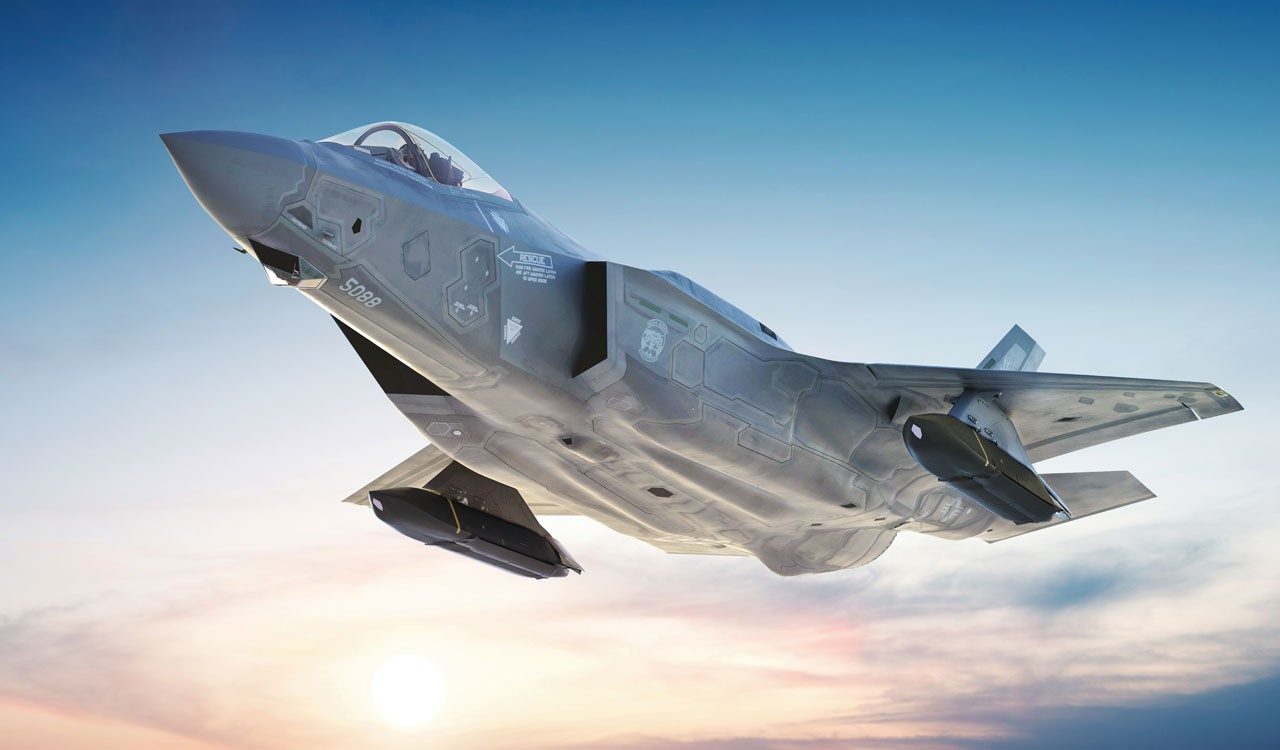

The Lockheed Martin F-35 Lightning II, a cornerstone of fifth-generation fighter technology, is facing an uncertain future in the export market as several countries reconsider their orders. A combination of factors—chiefly the U.S. administration’s aggressive tariff policies under President Donald Trump, alongside doubts about reliability and shifting geopolitical priorities—has prompted nations to scale back or cancel their commitments.
This development presents a unique window for India, which has yet to commit to the F-35, to potentially acquire these advanced jets originally earmarked for export. With the U.S. Air Force (USAF) unlikely to absorb export-specific variants, India could bolster its airpower while capitalizing on a disrupted supply chain. But which countries are pulling back, how many aircraft are affected, and should India seize this moment?
Continue readingSOURCE: AFI


In a significant boost to India’s indigenous defense manufacturing capabilities, Larsen & Toubro (L&T) has introduced a game-changing robotic drilling machine that has dramatically accelerated the production of wings for the Light Combat Aircraft (LCA) Tejas program. Partnering with Hindustan Aeronautics Limited (HAL), L&T has reduced the time required to drill each hole in the wings from 25–35 minutes to just one minute, enhancing efficiency and supporting the accelerated production of the LCA-Tejas Mk1A variant.
Each wing of the LCA-Tejas requires approximately 8,000 holes to be drilled for assembly, fastening, and integration with other airframe components. Traditionally, these holes were drilled manually—a painstaking process that took between 25 and 35 minutes per hole, depending on the material, location, and tolerances required. For a single aircraft, this translated into thousands of hours of labor, creating a bottleneck in HAL’s production timeline as it sought to ramp up delivery rates to meet IAF requirements.
Continue readingSOURCE: AFI
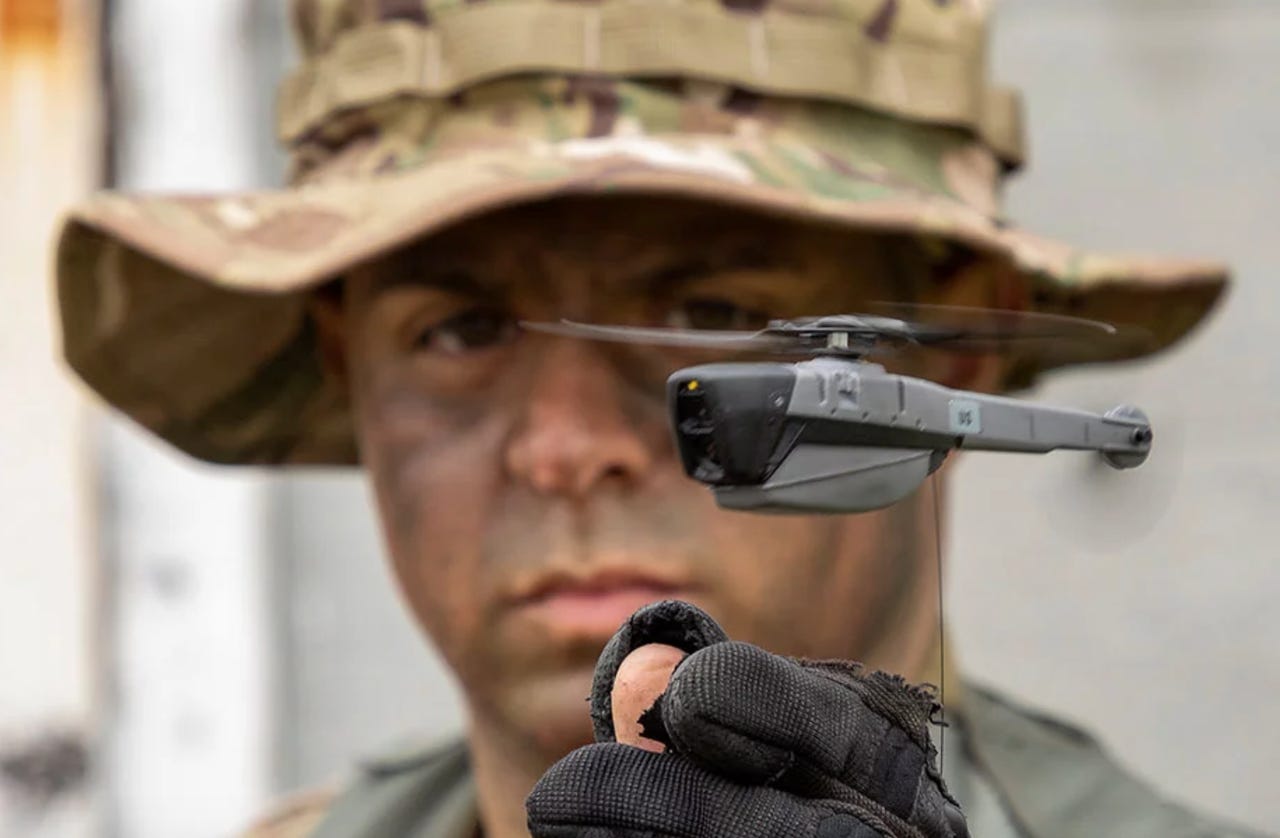

In a significant push towards modernizing its battlefield capabilities, the Indian Army is intensifying its focus on integrating cutting-edge drone technology into its operations. At the Bharat Drone Manthan 2.0, a key industry event organized by the PHD Chamber of Commerce and Industry (PHDCCI) on March 11, 2025, Major General CS Mann, Additional Director General (ADG) of the Army Design Bureau (ADB), called upon industry partners to contribute to the evolving needs of the armed forces for advanced combat drones.
Highlighting the transformative role of unmanned systems in contemporary warfare, General Mann articulated the Army’s ambitious vision of equipping every soldier with an “Eagle Drone” for targeting and Intelligence, Surveillance, and Reconnaissance (ISR) purposes, particularly along India’s borders.
Continue readingSOURCE: AFI


Garden Reach Shipbuilders and Engineers (GRSE) Ltd, one of India’s premier shipyards, has once again demonstrated its dedication to delivering high-quality warships to the Indian Navy and Coast Guard. On March 3, 2025, GRSE successfully completed the Contractor Sea Trials (CSTs) for two naval platforms—Himgiri (Yard 3022) and Androth (Yard 3035)—marking a significant milestone in their construction journeys. These trials, conducted simultaneously, underscore GRSE’s capability to manage multiple complex projects while adhering to stringent timelines and quality standards.
Himgiri is the first of three advanced stealth frigates being constructed by GRSE under the Indian Navy’s prestigious Project 17A. This program aims to deliver a series of seven Nilgiri-class frigates across two shipyards—GRSE and Mazagon Dock Shipbuilders Limited (MDL)—to enhance the Navy’s blue-water capabilities. Named after a Himalayan peak, Himgiri is a follow-on to the Shivalik-class frigates but incorporates advanced stealth features, improved weapon systems, and cutting-edge sensors. Equipped with anti-ship and anti-submarine warfare capabilities, as well as air defense systems, these frigates are designed to operate in high-threat environments, providing the Navy with versatile multi-role platforms.
Continue readingSOURCE: IDRW.ORG
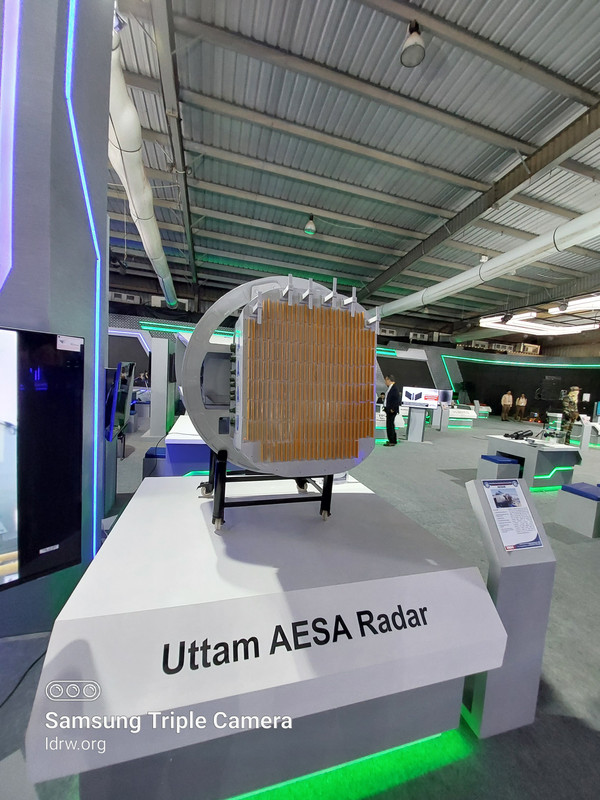

In a significant boost to India’s self-reliance in defence manufacturing, Hyderabad-based Astra Microwave Products Limited (AMP) has emerged as a key player in the production of indigenous radar systems, with the capacity to manufacture 36 Uttam Active Electronically Scanned Array (AESA) radars every year. This development underscores AMP’s growing role in supporting India’s defence forces with cutting-edge technology and aligns with the nation’s “Make in India” and “Atmanirbhar Bharat” initiatives aimed at reducing dependency on foreign imports.
The Uttam AESA radar, developed by the Electronics and Radar Development Establishment (LRDE) under the Defence Research and Development Organisation (DRDO), represents a leap forward in India’s radar technology. Unlike traditional mechanically scanned radars, AESA radars use a phased array of antennas to electronically steer the radar beam, offering superior target detection, tracking, and engagement capabilities. The Uttam radar is designed to enhance the operational effectiveness of fighter jets by providing multi-target tracking, resistance to electronic jamming, and low probability of intercept—making it a critical asset for modern aerial warfare.
Continue readingSOURCE: IDRW.ORG
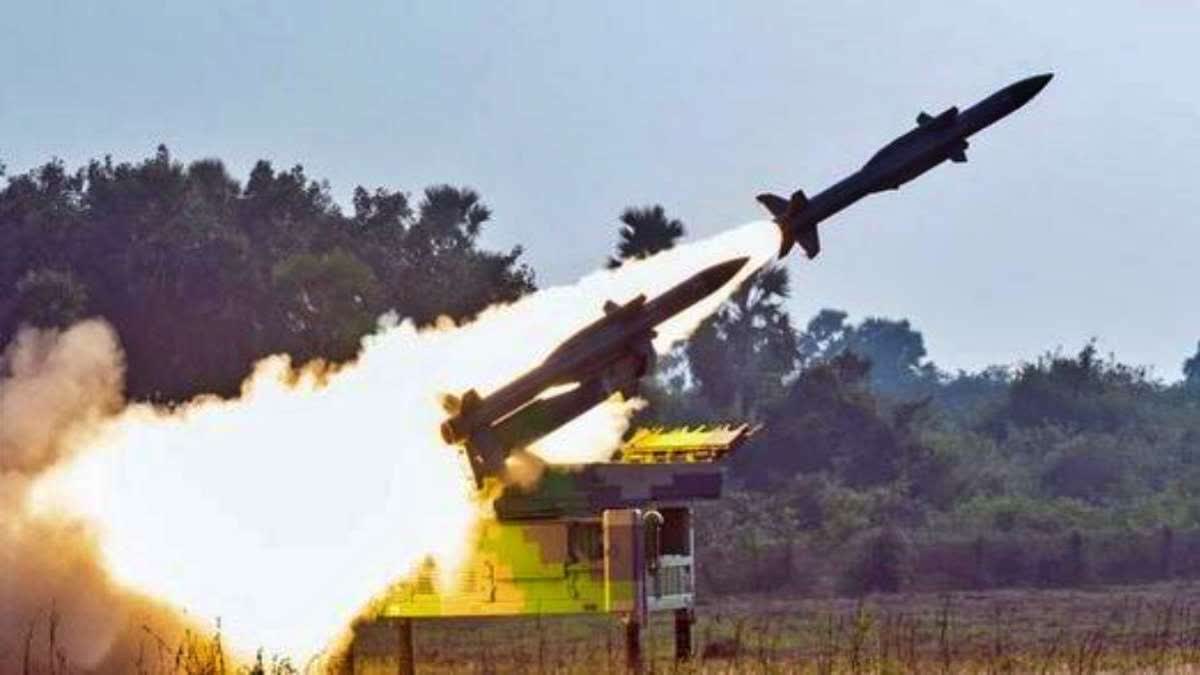

In a significant development underscoring the growing defence ties between India and Armenia, recent data from the Stockholm International Peace Research Institute (SIPRI) confirms that Armenia has procured nearly 15 units of the Akash Air Defence Missile launchers from India, along with 400 units of the advanced Akash 1S missile system. This acquisition marks a pivotal moment in Armenia’s efforts to modernize its air defence capabilities and highlights India’s emergence as a key player in the global defence export market.
The Akash 1S missile system, an upgraded variant of the Akash air defence system, represents a triumph of indigenous innovation for India. Developed by the Defence Research and Development Organisation (DRDO) and produced by Bharat Dynamics Limited (BDL), the Akash 1S comes equipped with an indigenous seeker, enhancing its precision and effectiveness in engaging aerial threats. The system was rigorously tested, with the DRDO conducting successful trials where the Akash 1S was fired five times against multiple targets, achieving its objectives with remarkable accuracy.
Continue readingSOURCE: AFI
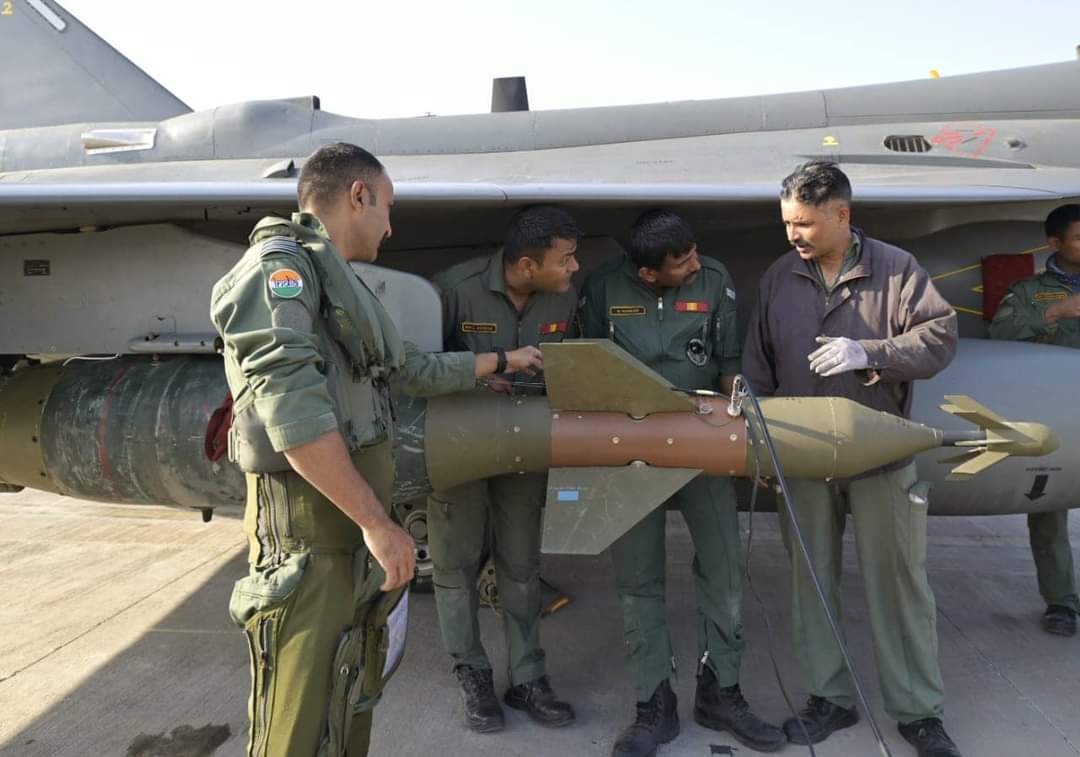

In a sobering assessment of the evolving nature of warfare, Air Chief Marshal AP Singh, Chief of the Indian Air Force (IAF), has underscored the need for India to prepare for prolonged conflicts that could stretch over months or even years. Speaking at a recent defense conclave, Singh emphasized that the era of swift, decisive battles is over, and future wars—potentially involving adversaries like China and Pakistan—may involve sustained, low-intensity engagements.
Drawing lessons from the ongoing Ukraine-Russia conflict, now in its third year, he stressed the critical importance of establishing local production lines for weapons, ammunition, and systems integral to IAF operations to ensure uninterrupted combat capability in the face of disrupted external supplies.
Continue readingSOURCE: AFI


In a striking development in the Qandil region, the Kurdistan Freedom Guerrilla claimed responsibility for shooting down a Turkish state AKINCI-type drone, a high-altitude long-endurance (HALE) unmanned combat aerial vehicle (UCAV) manufactured by Baykar.
The incident has sparked discussions about the vulnerabilities of advanced unmanned aerial systems (UAS) in contested airspace and raised questions about their perceived invincibility, particularly for nations like Pakistan, which have heavily invested in Turkish drones such as the AKINCI and the Bayraktar TB2. With recent incidents, including a Bayraktar AKINCI crash in Libya and underwhelming performances in the Ukraine conflict, the sheen of these drones as game-changers in modern warfare is increasingly being called into question.
Continue readingSOURCE: AFI


In a significant development for India’s aviation training sector, Austria’s Diamond Aircraft Industries has entered into a joint venture with Tamil Nadu-based Sakthi Group to establish a final assembly line (FAL) for its DA40 NG trainer aircraft in Haryana’s Hisar. The agreement, signed with the Aero Club of India, involves the supply of 200 DA40 NG aircraft to various flying training organizations (FTOs) across India, with 150 of these slated for local assembly.
While this move promises to bolster India’s pilot training infrastructure, it raises serious concerns for the future of the domestically developed Hansa-NG trainer aircraft by the National Aerospace Laboratories (NAL), which has struggled to gain traction due to poor marketing, past performance issues, and now, intensified competition.
Continue readingSOURCE: AFI
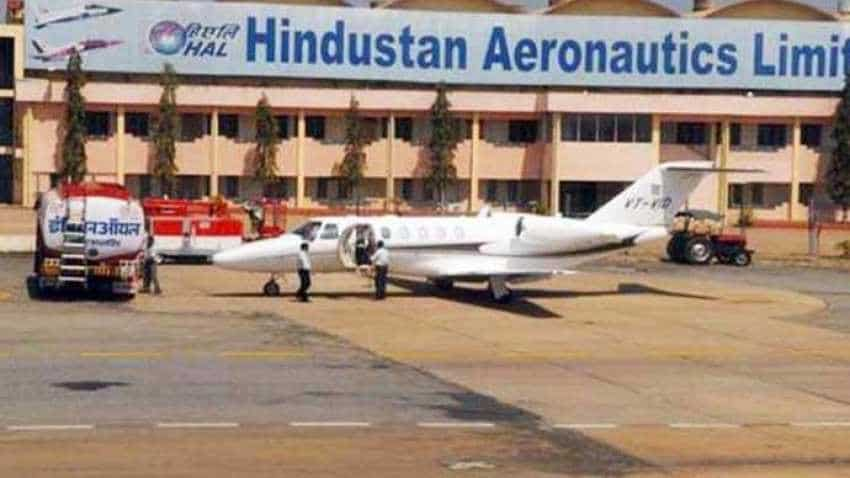

In a stark reminder of the growing menace of cybercrime, Hindustan Aeronautics Limited (HAL), one of India’s premier aerospace and defense companies, has been duped of $63,000 (approximately Rs 55 lakh) in an online scam. The incident, which unfolded during a procurement deal with a US-based company, has prompted HAL to lodge a police complaint, and a case has been registered under the Information Technology (IT) Act.
The scam came to light after HAL’s Kanpur division initiated a transaction to purchase three fighter aircraft parts from PS Engineering Incorporated, a US-based firm, in May 2024. What began as a legitimate business exchange took a sinister turn when a fraudulent email ID infiltrated the communication chain, leading to the siphoning of funds into a fake account.
Continue readingSOURCE: AFI


Bharti Airtel, one of India’s leading telecommunications providers, announced a landmark agreement with SpaceX to bring Starlink’s high-speed satellite internet services to India. This partnership aims to bridge the digital divide by delivering broadband connectivity to even the most remote corners of the country, marking a significant milestone in India’s telecom landscape. However, the move has sparked concerns among defence analysts, who warn that the technology could be exploited by non-state actors, terrorists, and insurgents to wage war against the nation, potentially destabilizing India’s security apparatus.
The collaboration between Airtel and SpaceX is poised to revolutionize internet access in India, a country where vast rural and remote regions remain underserved by traditional telecom infrastructure. Starlink, operated by SpaceX, leverages a constellation of thousands of low-earth orbit (LEO) satellites to provide high-speed internet with low latency, capable of supporting streaming, online gaming, and video conferencing even in areas with little to no terrestrial connectivity. Airtel plans to explore offering Starlink equipment through its retail stores and providing services to businesses, communities, schools, and health centers, particularly in underserved areas.
Continue readingSOURCE: RAUNAK KUNDE / NEWS BEAT / IDRW.ORG


In a significant development aimed at addressing the Indian Air Force’s (IAF) critical shortage of fighter jets, the Multi-Role Fighter Aircraft (MRFA) Request for Proposal (RFP) is likely to be issued to select vendors by the end of 2025 or early 2026. This accelerated timeline follows the recommendations of a high-level committee formed to tackle the dwindling fighter squadron strength of the IAF. According to sources within the IAF, as reported by idrw.org, the committee has proposed a streamlined process that eliminates several rounds of clearance, replacing them with a single clearance mechanism to expedite the tendering process.
The IAF currently operates at a squadron strength of around 30, significantly below its sanctioned level of 42 squadrons, a gap that has raised concerns amid growing regional security challenges. The MRFA program, which seeks to procure 114 multi-role fighter jets, has been in the pipeline for years but has faced delays due to the complexities of the tendering process. Traditionally, the issuance of an RFP—a document often spanning thousands of pages—requires exhaustive examination of proposals submitted by multiple vendors, a process that can take years.
Continue reading